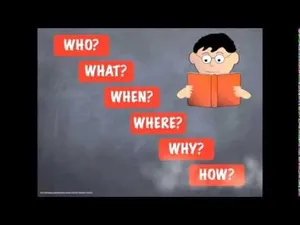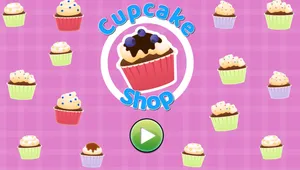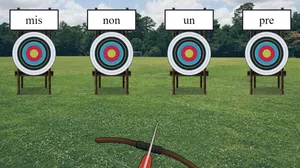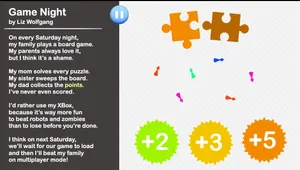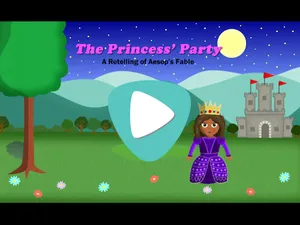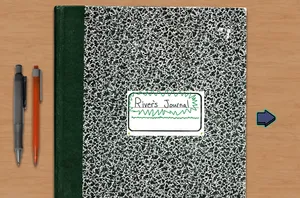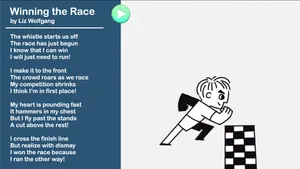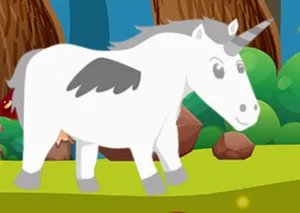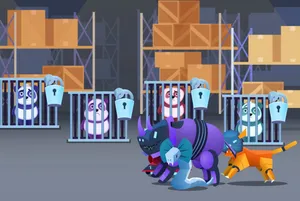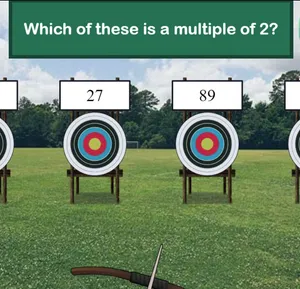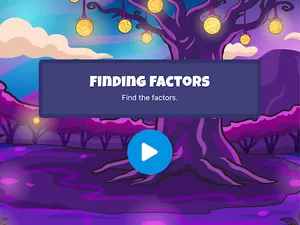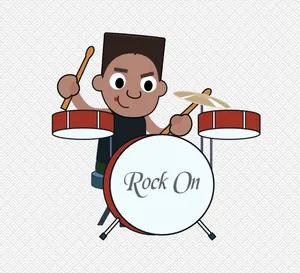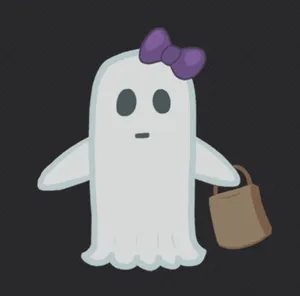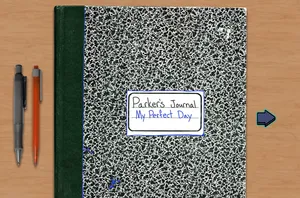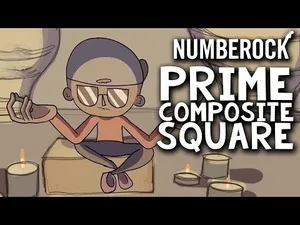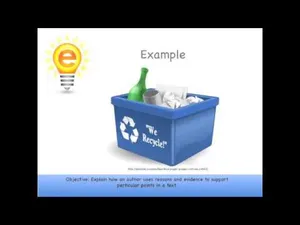Game Night
Understanding the Text
The Princess' Party
Determine Message, Lesson, Moral
River's Journal
Describe Characters in a Story
Winning the Race
Literal vs Non-literal Language
Unicorn Knows Number Values
Place Value and Division
Panda Breakout: Subtract Large Numbers
Add and Subtract Multi-Digit Whole Numbers
Multiples Archery
Factors and Multiples
Finding Factors
Factors and Multiples
Summer Drumming
Inferences Using Evidence
Fall Frights
Describing Characters
Summer Job
Describing Characters
Parker's Perfect Day
Explicit Meaning and Inferences
Numberock Prime, Composite & Square Song
Prime and Composite Numbers
Author's Evidence
Developing Arguments
Educational Activities and Teaching Resources for 4th Grade
Welcome to fourth grade! Whole numbers are easy at this point—fractions are what separate the true mathematicians from the beginners. (This is not true, but hopefully your fourth graders feel that way). In fourth grade, students will build on the multiplication and division skills mastered in the previous year to solve more complex problems using a variety of strategies. Pattern recognition is emphasized and place value is revisited. Students can now fluently add and subtract large numbers, compare fractions and decimals, and begin applying operations to those numbers. Various units of measurement are explored and angles and lines serve as the primary themes for most geometry work.
Is there anything more rewarding than listening to your fourth grader give a mini dissertation on a new topic they just read about for the first time? Expertise is born in books. Most fourth grade-level readers are moving beyond basic consumption of text toward deeper levels of understanding and connection. Students will be developing the ability to infer much more than they have in the past and integrate information from multiple sources to build background knowledge on various subjects. eSpark's fourth grade reading content is focused primarily on Reading Literature and Reading Informational skills, with an emphasis on not just understanding text, but also synthesizing and using the information.
Some of the skills students will master in eSpark include:
Math
- Understanding multiplicative comparisons and distinguishing them from additive comparisons
- Solving multi-step, whole-number word problems using all four operations
- Learning how to use letters as stand-ins for unknown quantities
- Identifying patterns and implicit features of patterns
- Using place value to round multi-digit whole numbers
- Reading and writing multi-digit whole numbers using numerals, number names, and expanded form
- Fluently adding and subtracting multi-digit whole numbers
- Multiplying multi-digit numbers with place value, properties of multiplication, and arrays
- Explaining equivalent fractions and comparing fractions
- Adding and subtracting fractions and mixed numbers
- Understanding decimals
Reading
- Referring to details and examples when explaining what the text says and describing elements in depth
- Drawing inferences from text
- Determining the meaning of words and phrases based on origin and context
- Explaining the differences between poems, drama, and prose and identifying structural elements of each
- Comparing and contrasting point of view and firsthand vs. secondhand accounts
- Determining the main idea of nonfiction text and the theme of a story, drama, or poem
- Describing structure using chronological, cause/effect, and problem/solution language
- Interpreting information presented in non-text formats like charts, graphs, and web elements
- Understanding and explaining author logic and evidence
eSpark is truly unique in the world of online learning. Our holistic, student-centered approach blends the proven benefits of play-based learning with systematic, explicit, and direct instruction. It’s proof that learning can be fun, personalized, and effective, all at once!
eSpark meets the criteria for evidence-based interventions under ESSA guidelines, and has been proven in multiple studies to improve student performance in math and reading.
When you sign up for an eSpark account, your students experience these activities via adaptive, differentiated independent pathways and teacher-driven small group assignments. Teachers also have access to detailed usage and progress reports with valuable insights into standards mastery, student growth trends, and intervention opportunities.
With the addition of the game-changing Choice Texts for the 2023-2024 school year, eSpark has cemented its status as the most loved supplemental instruction option for students and teachers alike. Claim your free account today and see the difference for yourself!
